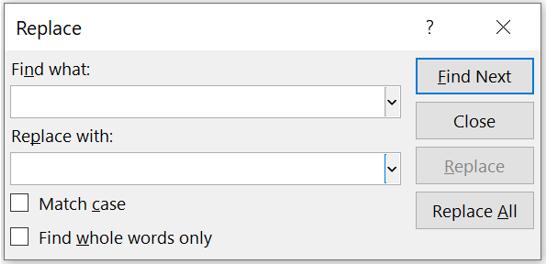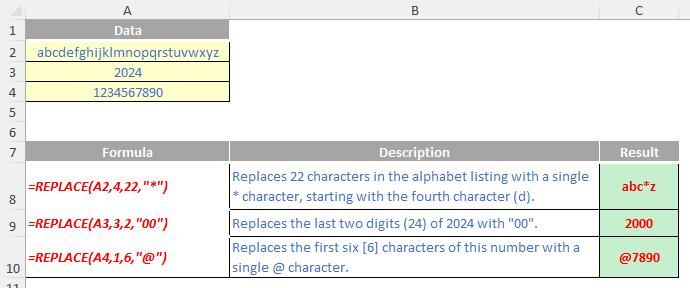A to Z of Excel Functions: The REPLACE Function
14 October 2024
Welcome back to our regular A to Z of Excel Functions blog. Today we look at the REPLACE function.
The REPLACE function

The REPLACE function replaces part of a text string, based upon the number of characters you specify, with a different text string. This function is not available in all languages. REPLACE is intended for use with languages that use the single-byte character set (SBCS), whereas REPLACEB is anticipated for use with languages that use the double-byte character set (DBCS).
REPLACE always counts each character, whether single-byte or double-byte, as one [1], no matter what the default language setting is.
It has the following syntax:
REPLACE(old_text, start_num, num_chars, new_text)
The REPLACE function has the following arguments:
- old_text: this is required and represents the text in which you wish to replace some or all of the characters
- start_num: this is also required. This is the position of the character in old_text that you want to replace with new_text
- num_chars: this argument is also mandatory and denotes the number of characters in old_text that you want REPLACE to change for new_text
- new_text: again required, this is the text that will replace the characters in the old_text.
Please see my examples below:

We’ll continue our A to Z of Excel Functions soon. Keep checking back – there’s a new blog post every business day.
A full page of the function articles can be found here.

